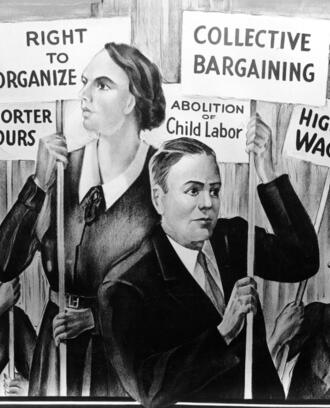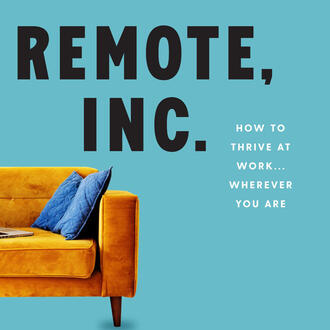Credit: Gerd Altmann
Paper finds women work similar hours across societies
CAMBRIDGE, Mass., Jan. 4, 2020 – Is the grass greener in a market-based society or a subsistence-based society? Does one group work more hours than the other? A recent study by MIT Sloan School of Management Prof. Rahul Bhui found that men in market-based societies work more hours, however women mostly work the same hours on average regardless of the type of society.
“An ongoing debate among social scientists is about the impact of the marketplace on how we live. In the 1960s, anthropologist Marshall Sahlins claimed that hunter-gatherers were the ‘original affluent society’ because their lack of commercial markets led to abundant leisure time. While his theory came under fire, the question of how much time people spend working has remained a topic of great interest,” says Bhui.
He noted that changing work patterns during the pandemic have made this discussion particularly relevant today. “We can better understand ourselves and our society when we venture—or are forced—outside our everyday experience.”
Using a high-quality dataset on time expenditure from eight small-scale populations around the world and 14 industrialized countries, Bhui and his colleagues assessed the relationship between work hours and market integration. They defined work as activities under the broad categories of commercial, food production, housework, manufacture, food preparation, education, and childcare.
The researchers found that within and across societies, men whose work was largely commercial tended to work more hours. Men engaged in noncommercial labor worked on average 45 hours a week compared to men with commercial jobs who worked on average 55 hours a week.
“A possible explanation for this difference is that men with physically-intensive jobs work fewer hours because of the taxing nature of the labor on their bodies. But even the least commercial people generally work harder than Sahlins claimed,” says Bhui.
In contrast to men, women in these societies worked an average of 55 hours per week regardless of the type of work. “They work as much as highly commercial men across the board,” observes Bhui, pointing out that household labor and food processing were types of work ignored in some influential prior studies.
“Overall, our findings are consistent with theories asserting that greater market integration is associated with more total time spent working by men. Further, we show that women’s work is not linked to market integration,” he says.
Bhui is coauthor of “Work time and market integration in the original affluent society,” which was published by PNAS.
The MIT Sloan School of Management
The MIT Sloan School of Management is where smart, independent leaders come together to solve problems, create new organizations, and improve the world. Learn more at mitsloan.mit.edu.



